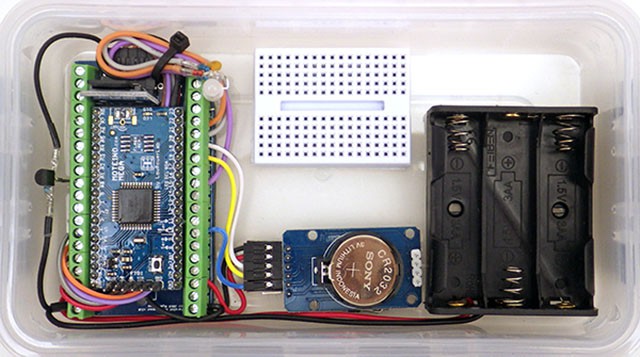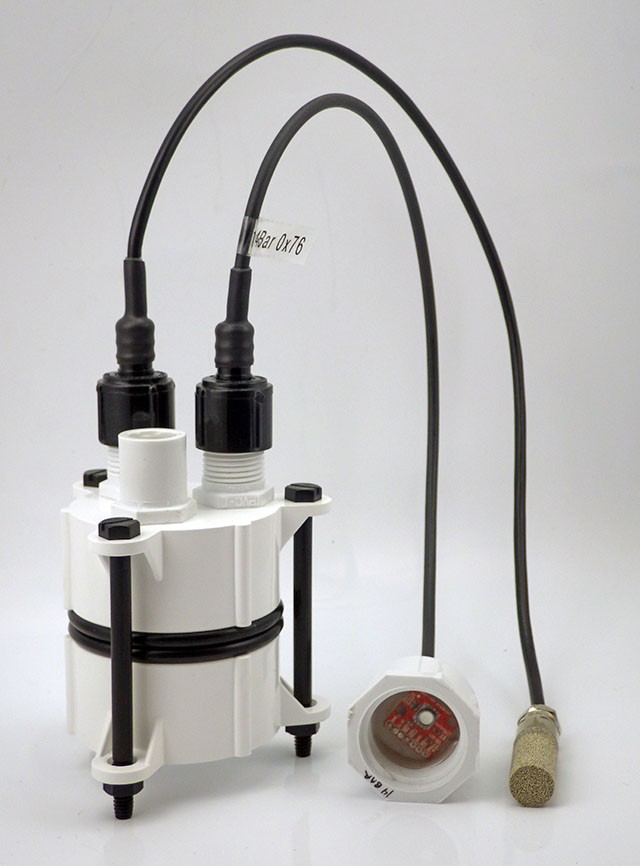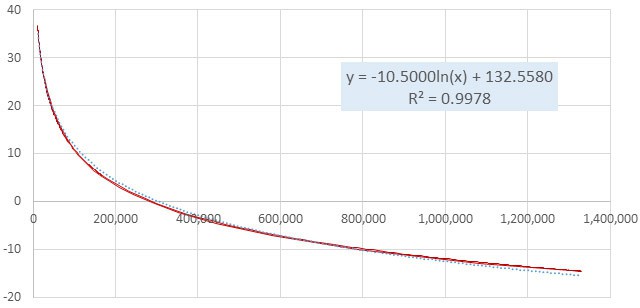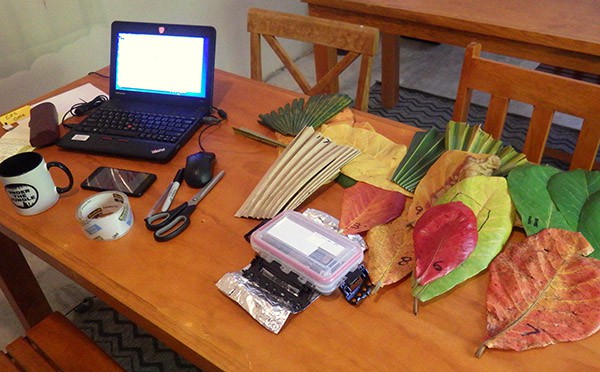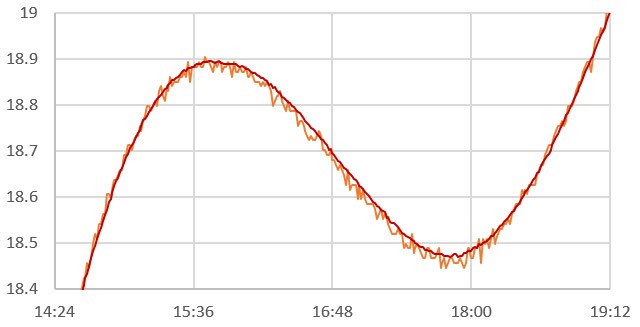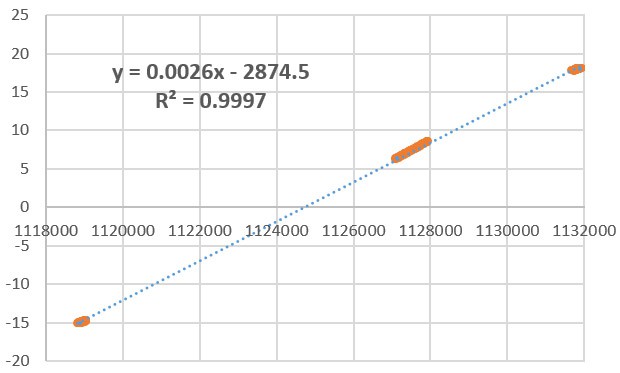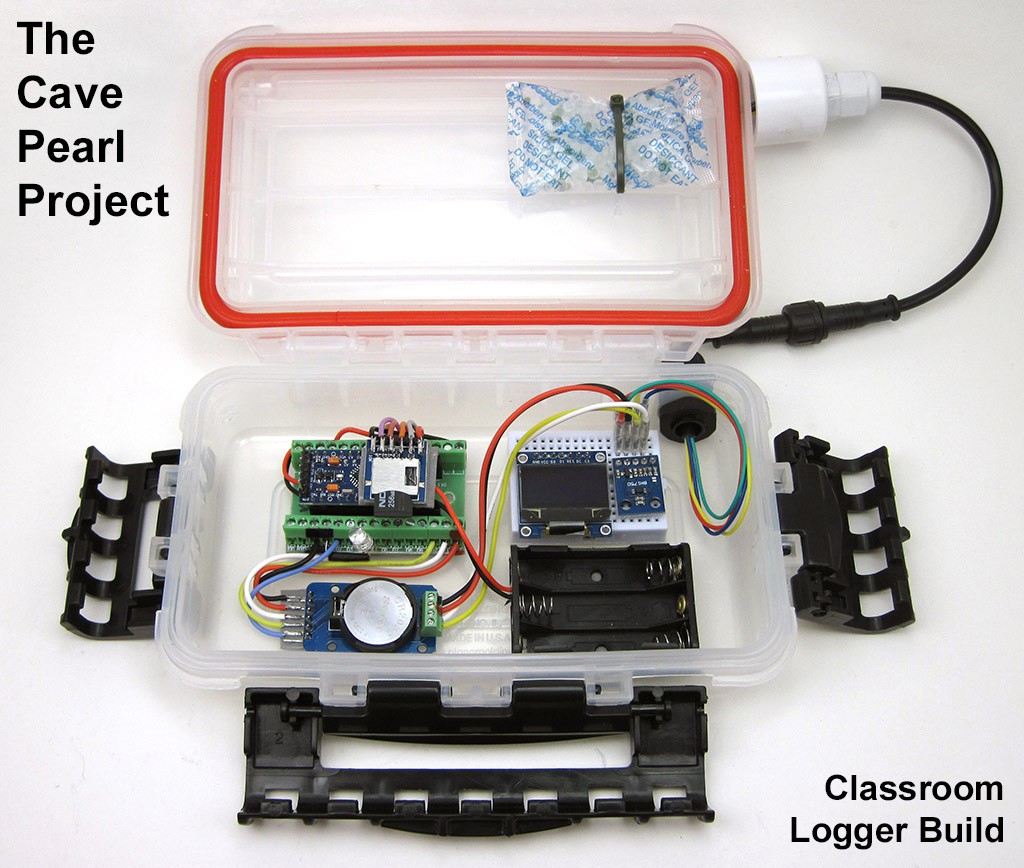-
Building a 1284p based Logger
05/12/2020 at 14:26 • 0 commentsA 1284p based variation of our classroom logger which normally uses the 328 based Pro Mini. I've repurposed an RPi expansion board to accommodate the Moteino MEGAs' larger footprint. Our 'modules & jumper wires' approach makes this kind of build variation quite easy to do:
![]()
https://thecavepearlproject.org/2020/05/11/build-an-atmega-1284p-based-data-logger/ -
New underwater housing for 2020
04/08/2020 at 19:03 • 0 commentsI know it's been ages since I posted, but theres been a lot of building this winter in prep for the coming summer fieldwork season. Of course those plans have now been thrown into total disarray. . ?
Nevertheless I'm happy to present the 2020 iteration of our DIY submersible housing, with fewer PVC parts & faster assembly:https://thecavepearlproject.org/2020/04/08/diy-data-logger-housing-from-pvc-parts-2020-update/
![]()
With a double 332 o-ring this build is not quite as robust as the original 'long body' version, but it still should get to about 10m without problem. Can't wait to see the first student builds based on this design make it into the wild later this year.
-
A single diode can replace thermistors for temp. sensing:
11/04/2019 at 14:54 • 0 commentsA while back HD posted about using diodes as cheap temperature sensors:
https://hackaday.com/2018/04/16/two-cent-temperature-sensors/#comment-6192482But chasing mV sized forward voltage deltas is hard to do with the limited ADC on most mcu's. Our LED light-sensing experiments demonstrated that timing reverse-bias decay with the Input Capture Unit on an Arduino is easy to do, and provides high resolution temperature readings from a single diode without any amplification:
![]()
-
Creating a Normalized Vegetation Index Sensor with two LEDs
08/31/2019 at 18:56 • 0 commentsWith the school year beginning we have new instructors spinning up courses around the classroom logger we released in 2019. Some of them are more focused on biology than we are so we did some noodling around to come up with a biophysical monitoring idea that could be done just about anywhere with as few resources as possible.
![]()
The result was a ‘Leaf Transmittance Index’ based on readings from an IR LED and the red channel of the indicator LED already on the logger. Although using garden variety LED’s with no real spec introduced several non-optimal aspects wrt frequency & bandwidth, the trial successfully distinguished ‘healthy’ vs ‘unhealthy’ plant leaves where a simple visual inspection could not. Now, before all the bio folks jump on us for all the hand-wavy hacks, and creating a pseudo NDVI with transmittance, rather than reflectance: keep in mind this was meant from the start to be a conceptual proof of concept, rather than a rigorous tool. From a teaching point of view, students would have to create "custom calibrations" for their one-of-a-kind builds & for each plant species - but that's actually a useful teaching exercise in itself.
-
Using the Input Capture Unit for High Resolution Sensor Readings
03/25/2019 at 15:40 • 0 commentsThis probably isn't news to the old hands around here, but combining Timer1 with Input Capture Unit lets you make high resolution sensor readings in about 1/10th the time it would take to get comparable results from oversampling techniques using the ADC. And since the method is interrupt based, you get to sleep the main processor during the process.
Using Arduino’s Input Capture Unit for High Resolution Sensor Readings
This works really well with generic 10k thermistors, and I think this timing method will become my go-to whenever I'm working with resistive sensors.
![]()
Left Axis in °C , Red line is 10k NTC thermisor read with 0.1uF X7R ceramic & 10k met-film as reference. Orange line is an si7051 sensor inside the same housing [±0.01°C] .
-
'No-Parts' Temperature Measurement with a Pro Mini
02/25/2019 at 14:42 • 4 commentsTemperature is so fundamental that it doesn't get a lot of love in Arduino land, compared to sexy IMU's or spectral sensors. So there aren't many digging through the white papers for other methods to measure molecular jiggliness. But I found an interesting method using the WatchDog timer and it turned out to be far easier to rework for a Pro Mini than I would have expected.
'No-Parts' Temperature Measurement with Arduino Pro Mini
Works far better than the two clocks method I tried last year.
![]()
-
1h 'minimum build' version of the 2019 Classroom Logger
02/21/2019 at 18:12 • 0 commentsA teacher friend asked us for faster build that was less dependent on soldering because they didn't have the budget for that kit. So we've developed a "minimum build" of the 2019 classroom logger using pre-made Dupont jumper cables (as we did in 2016) to reduce the assembly time to about 1 hour. I've also added support to the code base for using the indicator LED as a light sensor, so they can use the logger with their existing curriculum even if they don't add extra sensors.
I think that Forrest Mimms work on using red &blue LEDs as a poor-mans proxy for PAR measurement is under appreciated by many researchers.
-
New "EDU version" of the Cave Pearl Logger released for 2019
01/14/2019 at 17:11 • 0 comments![]()
Dr. Beddow's instrumentation class has been building the 2016 version of the Cave Pearl datalogger for more than three years, and feedback from that experience motivated a redesign to accommodate a wider range of student projects while staying within the time constraints of a typical lab-time schedule. The rugged PVC housing from the older build has been replaced with an inexpensive pre-made housing more suitable for "light duty" classroom deployments. The tutorial includes a full set of youtube videos to explain the assembly of the loggers. We hope this simplified build supports other STEM educators who want to add Arduino-based experiments to their own portfolio of activities that develop programming and "maker" skills.
-
Complete set of logger build tutorials
12/05/2018 at 20:04 • 0 commentsI finally completed the set of logger build tutorials on Youtube (to go with the screw terminal logger posted in 2017) with:
Epoxy the sensors & build waterproof connectors
Pro tip: Don't use soft silicone-jacket cables on deep deployments. We've had several long one-wire networks fail after 5-6 months at 20-50m depth. The sensors were fine, the loggers were fine: the soft insulation compressed over time, changing the bus capacitance & pushing the timing out of spec so the sensors slowly dropped off the bus (in fact for a while they did this in tune with the tides). A more aggressive pullup fixed the problem, but the harder PUR jacket cables deployed beside them did not exhibit the problem.
-
Logger Build video series: Pt7: Battery Platform & Connection Breakouts
11/20/2018 at 22:00 • 0 commentsThe next installment of our video build guides is now up on the tube: https://youtu.be/SPeUWtE0pIYt
which walks through mounting the logger "stack" on a platform with batteries. Like others in the series, this was a result of a walk through with someone building Cave Pearl loggers for use on their own project. Sensor cap & potting to follow when time allows.
The Cave Pearl Project
Creating a generic data logging platform that is easy to build & modify for many different environmental monitoring projects.
 Ed Mallon
Ed Mallon